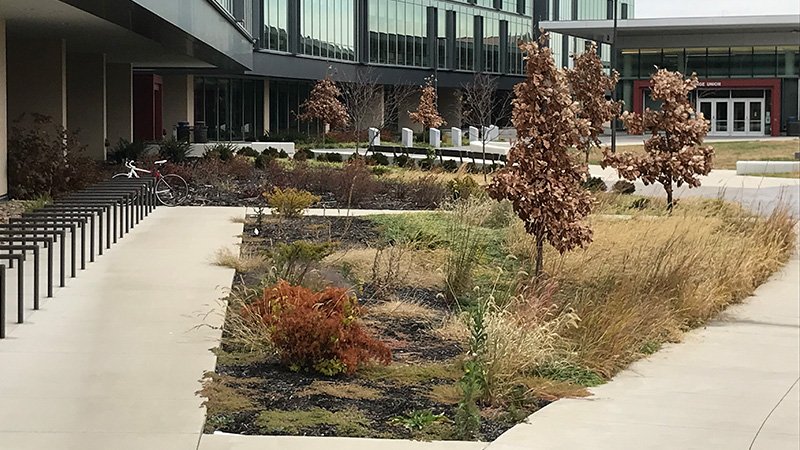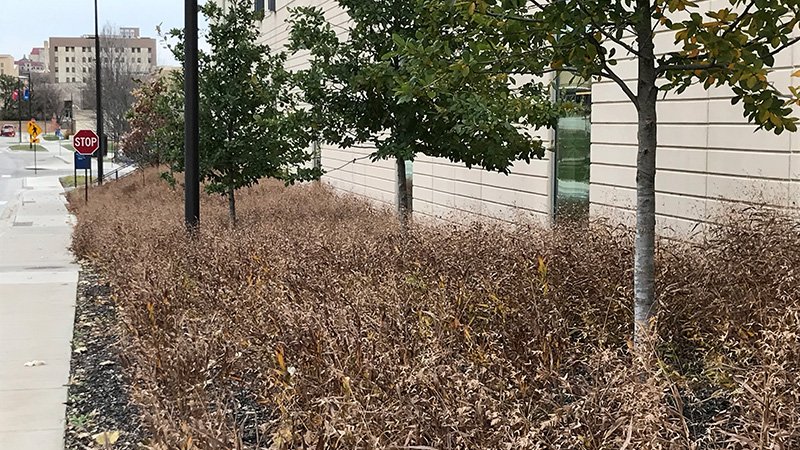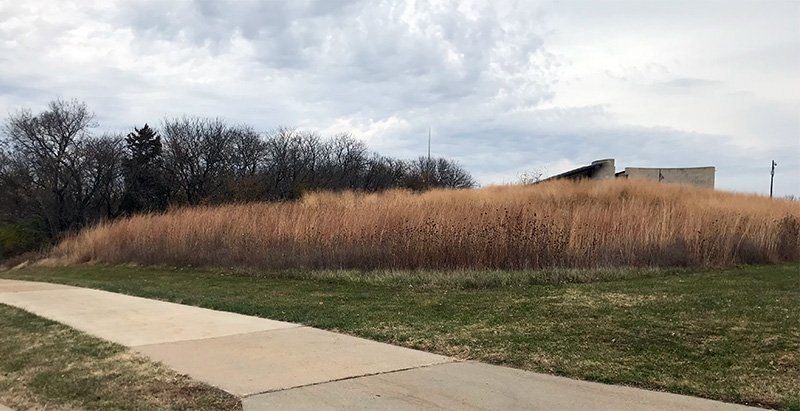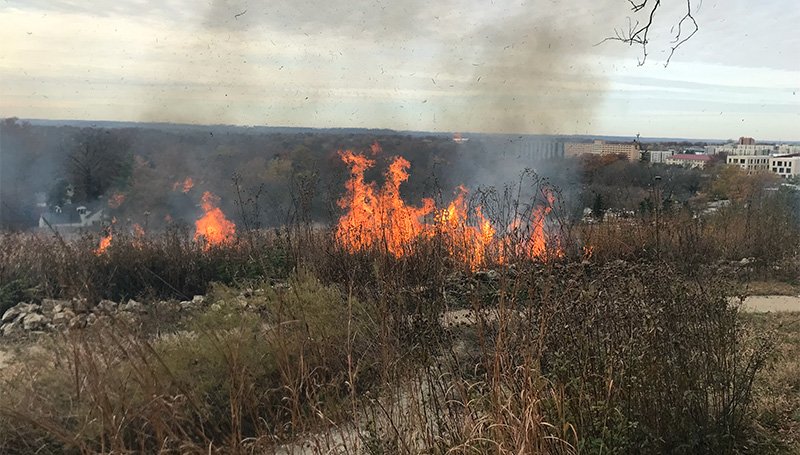What Am I Missing?
I don’t want to wait any longer. I have long contemplated a sustainable landscape that that is acceptable to my organization, achievable by my team and profession, and importantly, beneficial to the environment/ecosystem. But year after year I dance around this subject making gains here, losing ground there, and never really getting down the road to something that answers all of these hugely diverse and sometimes antagonistic objectives. The sad truth is I really cannot say what I am after. What I know is sustainable landscaping as a rule is still falling short of what it should (must) be. Perhaps my training and experience is so ingrained that I cannot see an answer that is right in front of me. Einstein said “We cannot solve our problems with the same thinking we used when we created them”. I believe this is where sustainability is. Too much of our answers come from the problem we are trying to solve. So, what am I missing?
Our Answers Don’t Go Far Enough
In my opinion a sustainable landscape demonstrates several characteristics. First it replicates the dominant ecosystem that should exist in the area it resides in. This ecosystem includes plants of different kinds but also must include as many other organisms as possible ranging from animals to insects to fungi, etc. The ecosystem should constantly be moving toward the diminishment of resources for maintenance and improvements. What I have experienced is landscape efforts that move half-heartedly in these directions. The dominant landscapes have some native plants, employ water reducing irrigation, and may even utilize local materials, but this still keeps the landscape mired in a resource intensive paradigm. A sustainable landscape must aggressively seek to move away from static control landscapes to a dynamic ecosystem approach. The landscape must be managed so it follows the course that the micro-environment charts for it. This in no way says forgo management, but supports minor adjustments steering the landscape in an acceptable direction.. It will be easier to curtail a natural landscape toward organizational acceptability, then to prevent a traditional landscape from becoming naturalized.

My Landscaping Regime Causes the Problem
I laud the efforts of all the people in our green profession that are pursuing sustainability. Unfortunately, I think they may be a bit off target. Creating a turfgrass that needs less management inputs is beneficial but it still doesn’t go far enough. I suggest we need a rethinking of turf utilization outside of a clear organizational requirement (golf, sports fields, event space, etc.) Grass is very practical in several settings but should not be the default groundcover. Other than buildings and pavement, turf comprises the largest footprint in our landscapes. Our planting plans represent a falling short of sustainability also. Bare space is a problem waiting to happen. We all know that a dense covering of plants is our best defense against weeds. Why do we spend so much time mulching? Increasing planting density would provide the edge to edge plant cover that is more practical. This way we don’t need to mulch. We could also let plant detritus act as mulch thereby improving soil condition and smothering weeds. Much better to see a bed full of plants rather than mulch as a focal point?

Succession
Ecological succession is the process of change in the species structure of an ecological community over time. It is also a natural and relentless process that affects our landscapes every day. The clearest image of succession I conjure is Mount Saint Helens in Washington State. After the eruption this area was covered in volcanic ash and devoid of life. But over time colonizers arrived and a recuperation process started. The modern landscape seeks to circumvent succession by freezing the landscape in a static phase. This stasis requires significant intervention and is only temporary at best. Embracing succession would take advantage of where the ecosystem wants to be at any time rather than in a form our operations try to enforce upon it. Again, I’m not suggesting complete capitulation to some indeterminate landscape. I am saying a better answer would be to embrace succession and accommodate a dynamic, changing landscape.

Disruption
I don’t expect widespread support for everything I have suggested here. In reality I’m not even sure I support all of these ideas completely. What I do support is experimenting within my operation to decrease resources while also increasing/improving deliverables. Landscaping operations everywhere are being put on resource diets of resources while expectations are not being tempered in kind. This is the sustainability conundrum we face. I want to break this cycle. Nipping around the edges will not achieve true and necessary change. I seek a disruption of our present situation. As I continue to explore my sustainable landscaping efforts, I must remember to base my proposals and processes in science and objective metrics. But this does not mean being cautious. I want to push forward boldly... and possibly even disrupt the status quo.

-
 1
1


0 Comments
Recommended Comments
There are no comments to display.